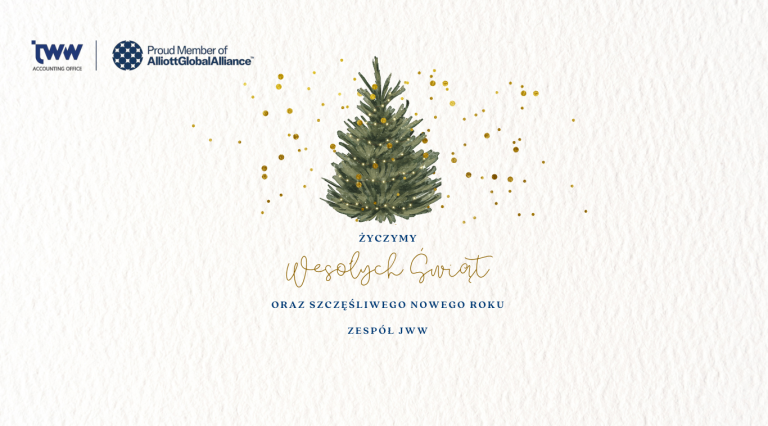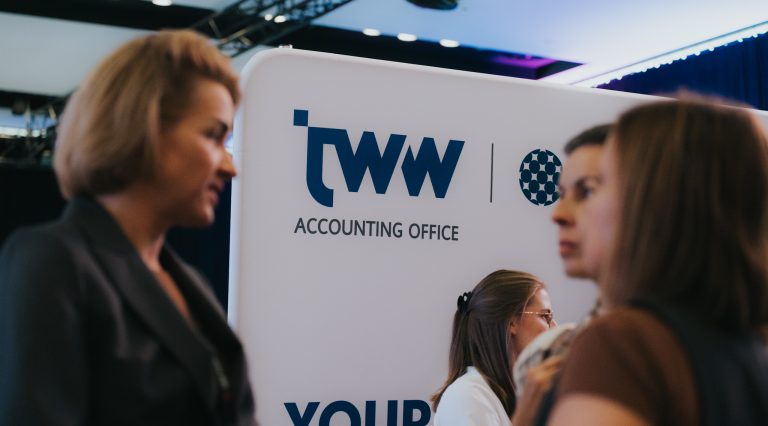Zmiany w VAT e-commerce
Jak pisaliśmy już tutaj, z dniem 01.07.2021 wprowadzono do ustawy o podatku od towarów i usług szereg zmian dotyczących handlu elektronicznego i importu tzw. małych przesyłek do Unii Europejskiej. Pakiet VAT e-commerce ma dostosować system poboru VAT do przepisów unijnych oraz uprościć rozliczanie VAT w transgranicznym handlu elektronicznym pomiędzy przedsiębiorcami oraz konsumentami tzw. B2C. Poniżej wskazaliśmy na różnice, które wynikają z wprowadzonych zmian.
|
|
|
Przed 1 lipca 2021 r. |
Po 1 lipca 2021 r. |
|
|
„Dostawa towarów wysyłanych lub transportowanych przez podatnika podatku od towarów i usług lub na jego rzecz z terytorium kraju na terytorium państwa członkowskiego inne niż terytorium kraju, które jest państwem przeznaczenia dla wysyłanego lub transportowanego towaru, pod warunkiem że dostawa dokonywana jest na rzecz: a) podatnika podatku od wartości dodanej lub osoby prawnej niebędącej podatnikiem podatku od wartości dodanej, którzy nie mają obowiązku rozliczania wewnątrzwspólnotowego nabycia towarów, o którym mowa w art. 9, lub b) innego niż wymieniony w lit. a podmiotu niebędącego podatnikiem podatku od wartości dodanej” Przykład: sprzedaż towarów przez przedsiębiorcę, który ma siedzibę w Polsce na rzecz osoby fizycznej (konsumenta) zamieszkałej na terytorium Francji. |
|
„dostawa towarów wysyłanych lub transportowanych przez podatnika podatku od wartości dodanej lub na jego rzecz z terytorium państwa członkowskiego innego niż terytorium kraju na terytorium kraju, które jest państwem przeznaczenia dla wysyłanego lub transportowanego towaru, pod warunkiem że dostawa jest dokonywana na rzecz: a) podatnika lub osoby prawnej niebędącej podatnikiem w rozumieniu art. 15, którzy nie mają obowiązku rozliczania wewnątrzwspólnotowego nabycia towarów, o którym mowa w art. 9, lub b) innego niż wymieniony w lit. a podmiotu, niebędącego podatnikiem w rozumieniu art. 15 i niemającego obowiązku rozliczania wewnątrzwspólnotowego nabycia towarów, o którym mowa w art. 9;” Przykład: przedsiębiorca mający siedzibę na terenie Portugalii sprzedający towary osobom fizycznym (konsumentom) mieszkającym w Polsce. |
|
|
|
|
|
|
|
|
|
Od 01.07.2021 r. ujednolicone zostanie pojęcie sprzedaży wysyłkowej (B2C), które zastąpi „wewnątrzwspólnotowa sprzedaż towarów na odległość (WSTO)”.
WSTO oznacza dostawę towarów wysyłanych lub transportowanych przez dostawcę lub na jego rzecz. WSTO będzie także kiedy dostawca będzie uczestniczyć pośrednio w transporcie lub wysyłce towarów, z terytorium państwa członkowskiego innego niż terytorium państwa członkowskiego zakończenia wysyłki lub transportu towarów do nabywcy, który jest:
- podatnikiem podatku od towarów i usług lub osobą prawną niebędącą podatnikiem podatku od towarów i usług, która nie ma obowiązku rozliczania wewnątrzwspólnotowego nabycia towarów,
- podatnikiem podatku od wartości dodanej lub osobą prawną niebędącą podatnikiem podatku od wartości dodanej, która nie ma obowiązku rozliczania wewnątrzwspólnotowego nabycia towarów odpowiadającego wewnątrzwspólnotowemu nabyciu towarów lub
- każdym innym podmiotem niebędącym podatnikiem z uwzględnieniem, że dostarczane towary nie są nowymi środkami transportu ani towarami, o których mowa w art. 22 ust. 1 pkt 2 u.p.t.u.
Ustalony zostanie jeden limit transakcji dla całej UE w wysokości 10.000 EUR.
Po przekroczeniu przez podatnika progu 10.000 EUR dla całej sprzedaży B2C w UE, realizowane przez niego dostawy będą podlegały opodatkowaniu VAT w kraju nabywcy według obowiązującej tam stawki. Dzięki WSTO podatnik będzie mógł wybrać sposób rozliczania podatku VAT między:
- zarejestrowaniem do podatku VAT w kraju nabywcy. W tym przypadku sprzedaż będzie rozliczania zgodnie ze stawkami podatku VAT, w deklaracjach rozliczeniowych według zasad obowiązującymi w poszczególnych krajach,
- rejestracją do procedury OSS (One Stop Shop). Podatnik składa takie zgłoszenie do właściwego naczelnika urzędu skarbowego i składa deklaracje VAT, bez względu na to, czy dostawy towarów i świadczenia usług objęte procedurą unijną (OSS) odbyły się w danym miesiącu, w terminie do końca miesiąca następującego po miesiącu sprzedaży.
Transakcje B2B będą się one odbywały na dotychczasowych zasadach.
Zobacz również
Na czas Świąt życzymy Państwu chwili oddechu, dobrej energiii radości z prostych, codziennych obyczajów – tych przy stole,w rozmowach i w byciu razem. Niech nadchodzący Nowy Rok przyniesie...
12 grudnia, w piątkowy wieczór, spotkaliśmy się na dorocznej Wigilii JWW, która odbyła się w wyjątkowych wnętrzach hotelu Monopol. Był to czas pełen refleksji, podsumowań oraz rozmów o...
Nowe przepisy Kodeksu pracy zobowiązują pracodawców do przekazywania kandydatom informacji o przedziałach wynagrodzeń oraz do udostępniania odpowiednich części regulaminu wynagradzania....






